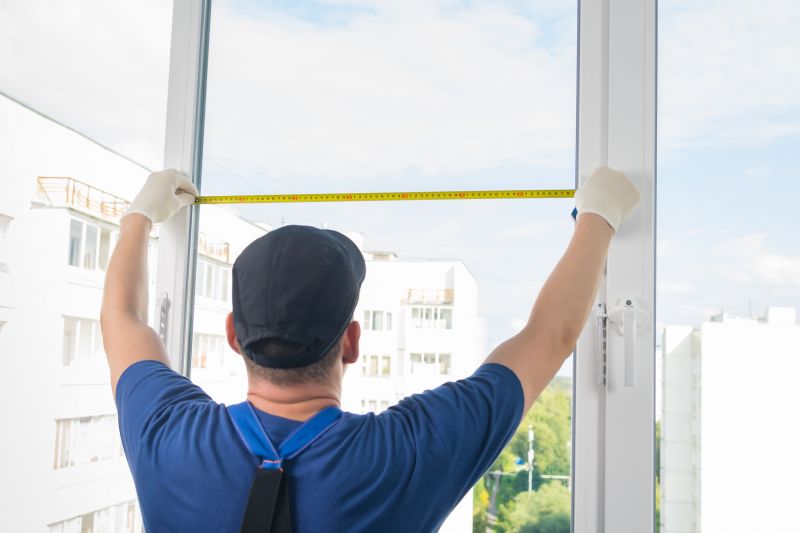Optimal Timing for Windows Installations
Windows installations are a crucial step in maintaining optimal computer performance and security. The timing of these installations can impact system stability, data integrity, and user productivity. Understanding the best periods for performing Windows installations ensures minimal disruption and maximizes efficiency.
Performing Windows installations during periods of low activity, such as late fall or early winter, can reduce operational disruptions. Avoid peak business periods or busy seasons to ensure smooth updates.
Ensure the system is backed up and fully prepared before initiating installations. Regular maintenance windows are ideal times for updates to prevent data loss.
Scheduling installations after major updates or patches are released can enhance system security and performance. Monitoring update release cycles helps determine optimal timing.
Timing installations when technical support is readily available can facilitate troubleshooting and resolve issues swiftly, minimizing downtime.

Image depicting the step-by-step process of Windows installation.

Image illustrating a calendar with scheduled update times.

Image showing a backup process prior to Windows installation.

Ways to make Windows Installations work in tight or awkward layouts.

Popular materials for Windows Installations and why they hold up over time.

Simple add-ons that improve Windows Installations without blowing the budget.
| Timing Factors | Best Practices |
|---|---|
| System readiness | Perform backups and ensure system stability before starting. |
| Update releases | Schedule after major Windows updates or patches. |
| User activity | Choose times with minimal user engagement. |
| Support availability | Align with support staff availability for troubleshooting. |
| Business cycles | Avoid peak operational periods or busy seasons. |
| Technical maintenance windows | Utilize scheduled maintenance periods for installations. |
Windows installations involve installing or updating the operating system to improve functionality, security, and compatibility. Proper planning and timing can prevent data loss, reduce downtime, and ensure a seamless transition. Regular updates are essential for maintaining system integrity and protecting against vulnerabilities.
Statistics indicate that performing Windows updates during off-peak hours can reduce system downtime by up to 50 percent. Additionally, scheduling installations after major updates ensures the latest security patches are applied, minimizing exposure to cyber threats.

Image showing Windows update prompt on a screen.

Image of a technician preparing a system for installation.

Image depicting a completed Windows installation screen.

Image showing configuration after Windows installation.

High-end options that actually feel worth it for Windows Installations.

Finishes and colors that play nicely with Windows Installations.

Little measurements that prevent headaches on Windows Installations day.

A 60-second routine that keeps Windows Installations looking new.
Interested in scheduling a Windows installation? Filling out the contact form can provide more information and help coordinate a suitable time for the update process. Ensuring the right timing can lead to improved system performance and security.


